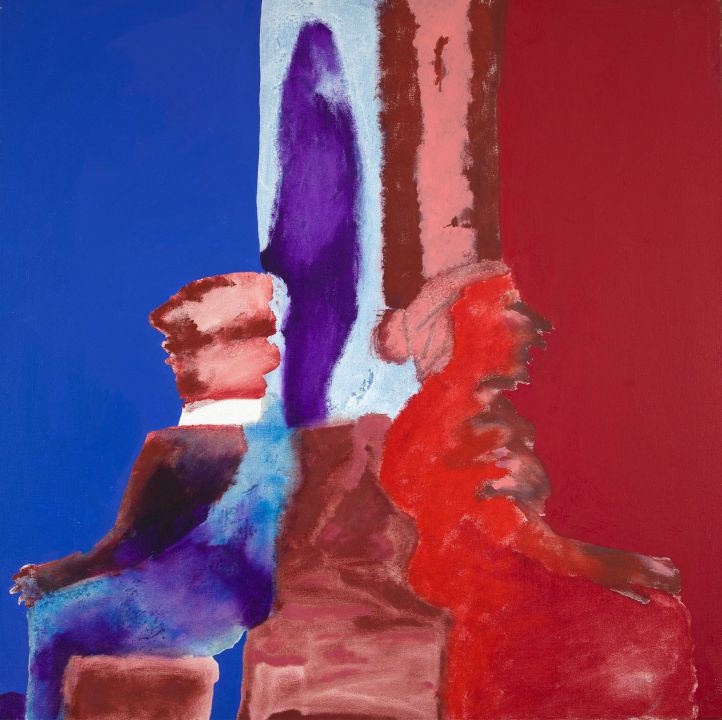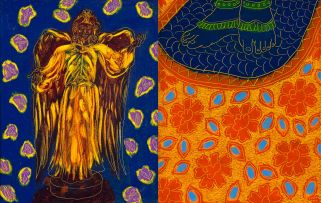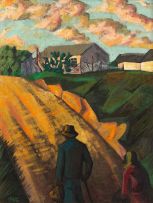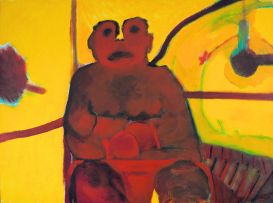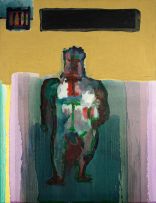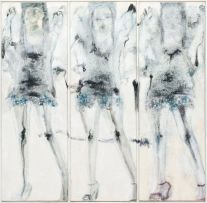Important South African & International Art, Decorative Arts & Jewellery
Live Auction, 6 March 2017
Important South African and International Art - Evening Sale
Incl. Buyer's Premium & VAT
About this Item
signed, dated 2005, inscribed with the title, the medium and with "We've been together now for forty years and it's all got a bit too much. There's loads of ladies living in this land what I'd swop for me dear old Dutch. There's loads of ladies living in this land but I don't get around too much," on the reverse
Notes
If they still spoke to each other the two figures in Robert Hodgins' 2005 painting, An Old Couple, would probably finish each other's sentences - almost before they were spoken.
The words on the reverse of the painting pastiche a music hall lyric originally performed by Albert Chevalier, but later revived by the actor Peter Sellers. In these, however, the lyric expressed a somewhat less acid sentiment - that "there ain't a lady living in the land" the narrator would swap for his "dear old Dutch".
In Hodgins' version however those four decades have, presumably not been very blessed. The two figures he paints are shown, to quote from another piece of English music hall or schoolboy doggerel, sitting "back to back facing each other". Eternally bonded, that is to say. At the same time profoundly alienated.
Hodgins' signal achievement here is to conjure - by abstract pictorial devices and painterly means - not only the individual characters, but also the human paradox of the relationship between the two.
He, the male we read as vain and self satisfied; he has a nose that is made for looking down along: ineffectual clasped hands; and an inflamed sense of self worth and entitlement. Her nose is virtually prehensile the way that Hodgins discovers its line, and a top lip capable of expressing fifty species of disapproval. Hands, disproportionately large, enough to give a straying husband nightmares.
The caricature is spare but telling. Almost palpably it has been generated - as Hodgins described his method in canvases like these - by "pushing paint around on the canvas" until the image emerges: controlled chance, active serendipity.
And then, usually over a period of weeks and months, developed on the canvas through felicities of colour, texture, brushmark.
Thus, in An Old Couple, the separation between the figures is given two strong emphases: by vertically asserted bands of paint separating the two figures; and by the separation of the canvas effectively into two universes, one blue into which the man faces, the other red and proper to the woman.
But Hodgins' vision goes beyond the merely satirical. A passage of brownish paint - suggesting a shared backrest - links the two figures as a negative space imprinted by the eloquently different lines described by the backs of the jaded fellow and his Old Dutch. Those lines, though very specific to Hodgins, would certainly have been legible to Samuel Beckett.
